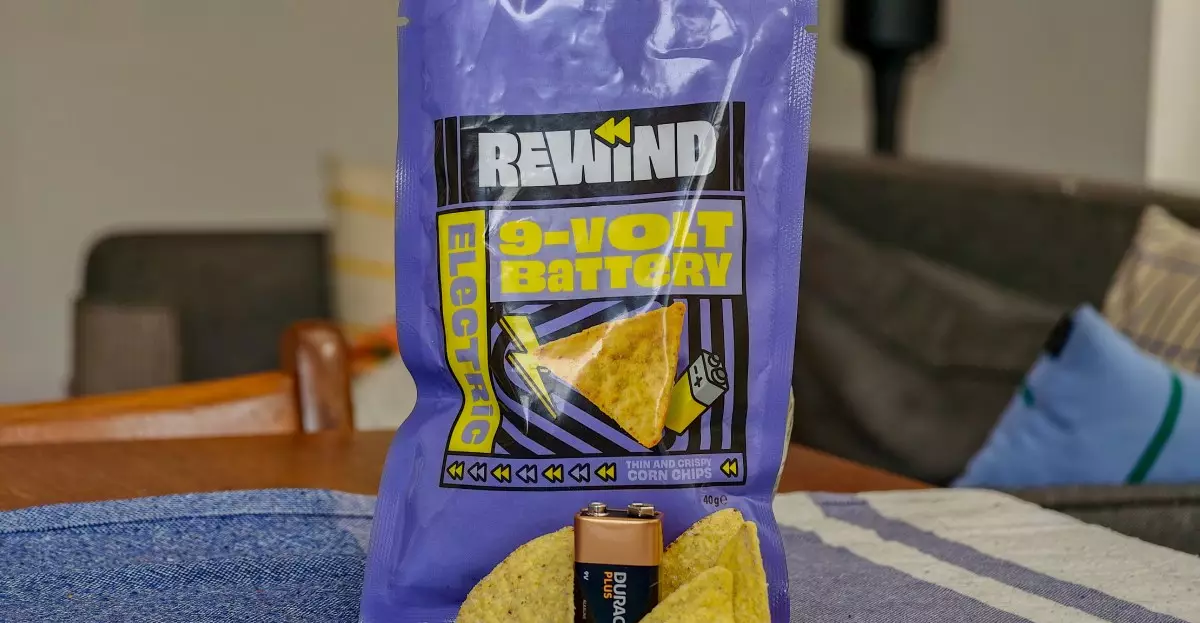In an era where culinary boundaries are continually pushed, the emergence of unconventional flavors like Rewind’s “battery-inspired” chips exemplifies the daring spirit of modern food experimentation. These products are not merely about taste; they invoke curiosity, nostalgia, and challenge our sensory expectations. The concept of flavor as a tool for nostalgia and shock value is an intriguing combination that pushes consumers to question what “normal” means in the context of edibles. Such boundary-pushing innovations reveal a willingness to explore the edges of human perception, transforming snack foods into provocative sensory experiences.
The Psychology Behind Shock and Novelty
What makes these limited-edition chips particularly fascinating isn’t just their flavor but their psychological impact. The idea of tasting something reminiscent of licking a 9V battery activates a primal, almost subconscious recall of childhood experiments or rebellious acts. It taps into a universal memory—an almost subconscious association—that stokes both intrigue and apprehension. This deliberate attempt at shock value raises questions about why consumers seek out experiences that are uncomfortable or bizarre. Is it the thrill of the forbidden, the desire for novelty, or a deeper craving for authentic engagement with food? These flavors force us to confront our assumptions, blurring the lines between familiarity and surprise, ultimately making eating a more interactive, emotionally charged experience.
Flavor as a Form of Artistic Expression
Creating such a product requires more than taste experimentation; it borders on culinary art. The chef responsible for these chips, Mattias Larsson, employs scientific principles—using citric acid, sodium bicarbonate, and mineral salts—to craft a flavor profile that intentionally distorts the palate. This intersection of chemistry and gastronomy demonstrates that modern culinary innovation is less about nourishing and more about storytelling and emotional impact. By deliberately evoking a metallic tang associated with batteries, the experience becomes a playful commentary on how flavor stimulates senses and memories. Here, food transcends sustenance, becoming a form of provocative art that invites conversation and introspection about taste, safety, and cultural taboos.
Ethics, Safety, and Consumer Curiosity
While these chips are a testament to inventive culinary design, they also serve as a reminder of the importance of safety and consumer awareness. The manufacturer clarifies that real batteries should not be consumed, emphasizing health at the core of such experimental products. Yet, the very idea of mimicking a dangerous or unpleasant object raises ethical questions about risk, influence, and the responsibilities of food purveyors. Such experiments reflect a broader societal curiosity about “edible extremes”—pushing boundaries of acceptability and challenging notions of what can be marketed as food. Rewind’s approach exemplifies a cultural shift where consumers are increasingly seeking unique, conversation-starting experiences, even if that means some discomfort or ethical gray areas.
This daring leap into sensory and cultural innovation underscores that taste is only part of the story—what truly matters is the boldness to challenge norms, redefine boundaries, and invite a new perspective on what food and flavor can be.


Leave a Reply